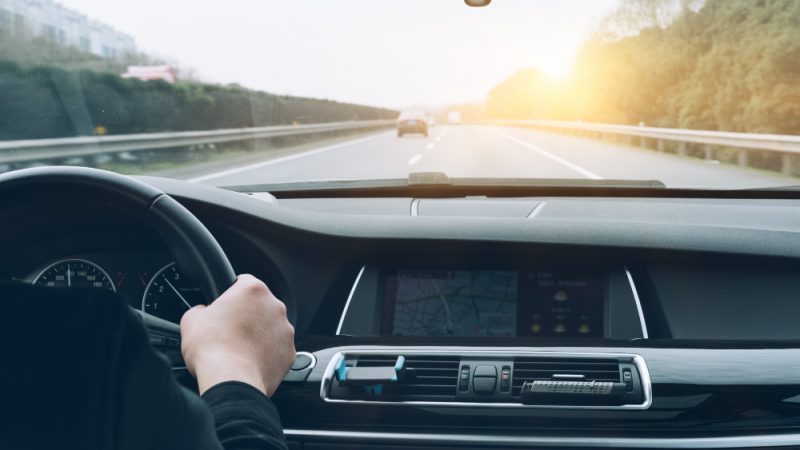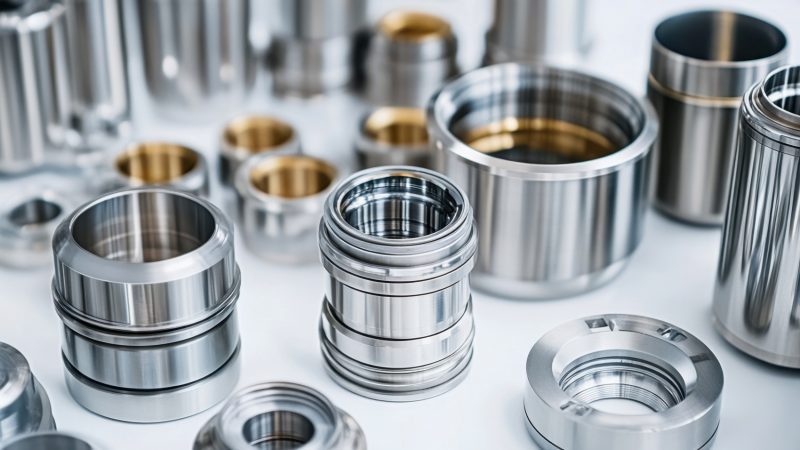Which Industries Rely on Specialized Gear for Safety—And How Does It Make a Difference?
Every industry comes with risks, but some require an extra layer of protection to keep workers and enthusiasts safe. From high-speed recreation to life-or-death military operations, specialized gear plays a crucial role in minimizing danger and maximizing performance.
Whether it’s a reinforced helmet, high-tech hydration system, or temperature-resistant clothing, the right equipment can mean the difference between a safe day on the job and a serious accident. Let’s take a look at six industries that depend on specialized gear and how it makes a real impact.
Recreational Sports
Recreational activities may be designed for entertainment, but they come with their fair share of hazards. Whether you’re hitting the racetrack, scaling a climbing wall, or navigating rugged trails, safety gear is what allows thrill-seekers to push their limits while minimizing risks.
Go-karting is a perfect example. While it might seem like a casual sport, high speeds and tight turns mean that proper protection is essential. Helmets, gloves, and racing suits aren’t just for show—they reduce the chances of serious injury in case of a crash. For those who want to experience the thrill without unnecessary risk, go karting gear for fun ensures that drivers can focus on the ride rather than worrying about safety. The right padding, grip, and visibility features turn an adrenaline-fueled hobby into an exhilarating but controlled experience.
Military and First Responders
No profession demands more from its gear than military personnel and first responders. Whether in combat zones or disaster-stricken areas, these professionals rely on specialized equipment to keep them safe in unpredictable conditions.
Helmets are the first line of defense. Modern designs go beyond impact protection, integrating features like heads-up displays, built-in communication systems, and even blast-resistant materials. For those working in extreme heat or high-intensity situations, hydration systems play a critical role in maintaining endurance. These systems allow soldiers and emergency responders to stay hydrated without removing their protective gear, preventing dehydration-related fatigue and keeping them focused on their mission.
When facing high-risk situations, having the right protective equipment isn’t a luxury—it’s a necessity. The combination of high-tech helmets and efficient hydration systems allows first responders and military personnel to operate with greater safety, efficiency, and confidence.
Construction and Heavy Industry
Construction sites have countless potential hazards, from falling debris to heavy machinery. Without the right safety equipment, workers are at constant risk of injury. That’s why the industry depends on specialized gear designed to shield against impacts, extreme temperatures, and hazardous materials.
Hard hats are a staple in construction, but modern versions have advanced significantly. Some include shock-absorbing interiors, integrated communication devices, and even sensors that alert supervisors if a worker suffers a head injury. Steel-toe boots prevent foot injuries from dropped objects, while high-visibility vests ensure that workers remain visible in dangerous environments.
Beyond personal protective equipment, safety harnesses and exoskeletons are making dangerous tasks easier. These innovations allow workers to handle heavy loads with less strain, reducing injuries and improving efficiency on the job.
Aviation Industry
Pilots, whether flying commercial airliners or high-speed jets, operate in environments where even the smallest equipment failure can be disastrous. Aviation safety gear isn’t just about comfort—it’s about survival.
Flight suits are specifically designed to protect pilots from extreme temperatures, sudden pressure changes, and fire hazards. In high-altitude flights, oxygen masks and pressurized suits ensure that pilots can breathe and maintain consciousness even if cabin pressure is lost. For military aviators, anti-gravity suits prevent blood from pooling in the lower body during rapid maneuvers, reducing the risk of blackout.
Oil and Gas Industry
The oil and gas industry is one of the most hazardous fields in the world, with workers facing risks from explosions, toxic gases, and extreme weather conditions. Personal protective equipment in this industry isn’t optional—it’s the last line of defense between workers and life-threatening accidents.
Fire-resistant clothing is a crucial component of oilfield safety. Made from specially treated materials, these garments protect workers from sudden flare-ups and prolonged heat exposure. Gloves designed for oil rig workers provide a combination of grip, durability, and cut resistance, reducing the chances of hand injuries. Respirators and gas detectors ensure that workers aren’t exposed to harmful fumes, alerting them before air quality reaches dangerous levels.
In an industry where even a small mistake can have catastrophic consequences, high-quality safety gear gives workers the protection they need to operate with confidence. The constant evolution of materials and technology ensures that oil and gas professionals are equipped to handle whatever challenges come their way.





